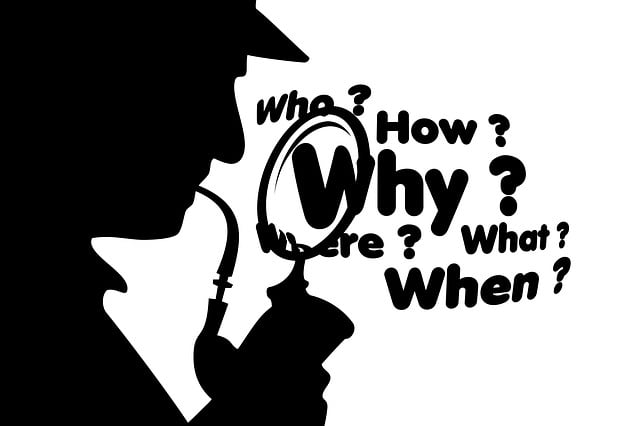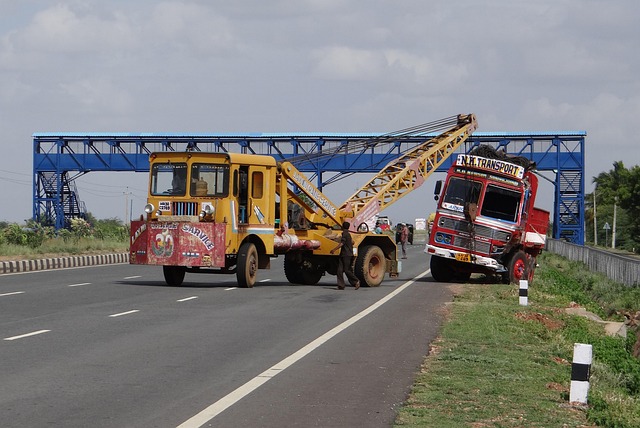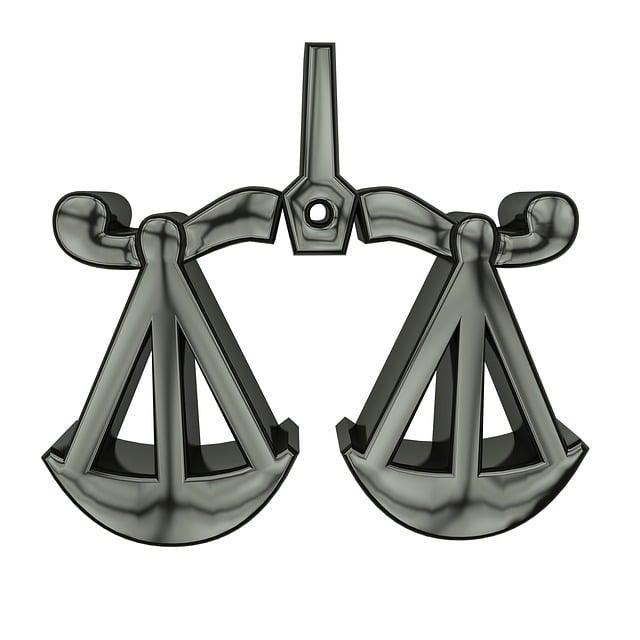Photos are essential in documenting bicycle accidents, providing concrete evidence for insurance claims and resolving liability disputes. Cyclists should immediately capture images of the scene, conditions, vehicle positions, injuries, traffic signs, and hazards. These visual records, including medical treatments or repairs, strengthen claims for compensation, especially in severe cases, ensuring cyclists' rights are protected and their claims are fairly assessed.
“In the realm of bicycle accidents, documentation plays a pivotal role in navigating insurance claims. This article explores how photos serve as potent evidence, offering a visual narrative that can significantly enhance your bicycle accident insurance claim.
From capturing the scene to documenting injuries, proper photo collection and presentation are key to building a compelling case. We guide you through the process, ensuring your visual proof is effective and supports your claim successfully.”
- The Role of Photos in Documenting Bicycle Accidents
- How to Collect and Present Photo Evidence for Insurance Claims
- Enhancing Your Bicycle Accident Insurance Claim with Visual Proof
The Role of Photos in Documenting Bicycle Accidents

Photos play a pivotal role in documenting bicycle accidents, serving as irrefutable evidence that can significantly strengthen a bicycle accident insurance claim. They capture the scene, conditions, and damage sustained, providing concrete details that are crucial for resolving disputes regarding liability and insurance coverage. When involved in an accident, cyclists should immediately take photos of the incident site, including road conditions, vehicle positions, and any visible injuries. These visual records can help establish fault, especially when dealing with complex cases or insurance coverage disputes.
Additionally, documenting the surrounding environment, such as traffic signs, lights, and other potential hazards, offers valuable context to support a claim. In cases involving wrongful death claims or severe injuries, photos can be instrumental in securing the appropriate injury compensation. They provide a clear and objective account of events, ensuring that cyclists’ rights are protected and that insurance companies accurately assess and settle claims fairly.
How to Collect and Present Photo Evidence for Insurance Claims

When it comes to bicycle accidents, documenting the scene with photos is a crucial step in supporting your insurance claim. Here’s how to collect and present this compelling evidence effectively. Capture images of the entire incident site, focusing on any visible injuries or damage to both the cyclist and their bike. Include clear shots of the surrounding environment, road conditions, traffic signs, and any other potential factors that contributed to the accident.
Organize these photos chronologically, ensuring each image has a caption detailing the date, time, and location. Additionally, consider taking pictures of any medical treatments or repairs related to the bicycle accident. This visual evidence can significantly strengthen your bicycle accident insurance claim by providing concrete proof of damages, which is essential when dealing with property damage claims or even personal injury cases, such as those involving caregiver abuse or employment disputes.
Enhancing Your Bicycle Accident Insurance Claim with Visual Proof

In the event of a bicycle accident, visual evidence can significantly enhance your bicycle accident insurance claim. Photos serve as powerful tools that can convey details often missed in written descriptions. Capturing images immediately after an incident can help document the scene, conditions, and potential causes, such as uneven pavement or a poorly maintained road. These visuals provide concrete proof to support your version of events and strengthen your case.
Moreover, photographs can showcase the extent of any injuries sustained, which is particularly relevant when dealing with slip and fall incidents. Visual proof can be invaluable in securing fair compensation for medical expenses, property damage, or personal injury losses. Having a competent legal representative who understands the importance of this evidence will ensure your bicycle accident insurance claim receives the attention it deserves.
Photos play a pivotal role in strengthening bicycle accident insurance claims. By documenting the scene, injuries, and surrounding factors through clear and relevant images, cyclists can effectively communicate their case. Properly collecting and presenting this visual evidence is key to enhancing the accuracy of the claim and increasing the chances of a favorable outcome. When combined with detailed records and credible testimonials, photos serve as powerful tools in navigating the insurance process for bicycle accidents.






